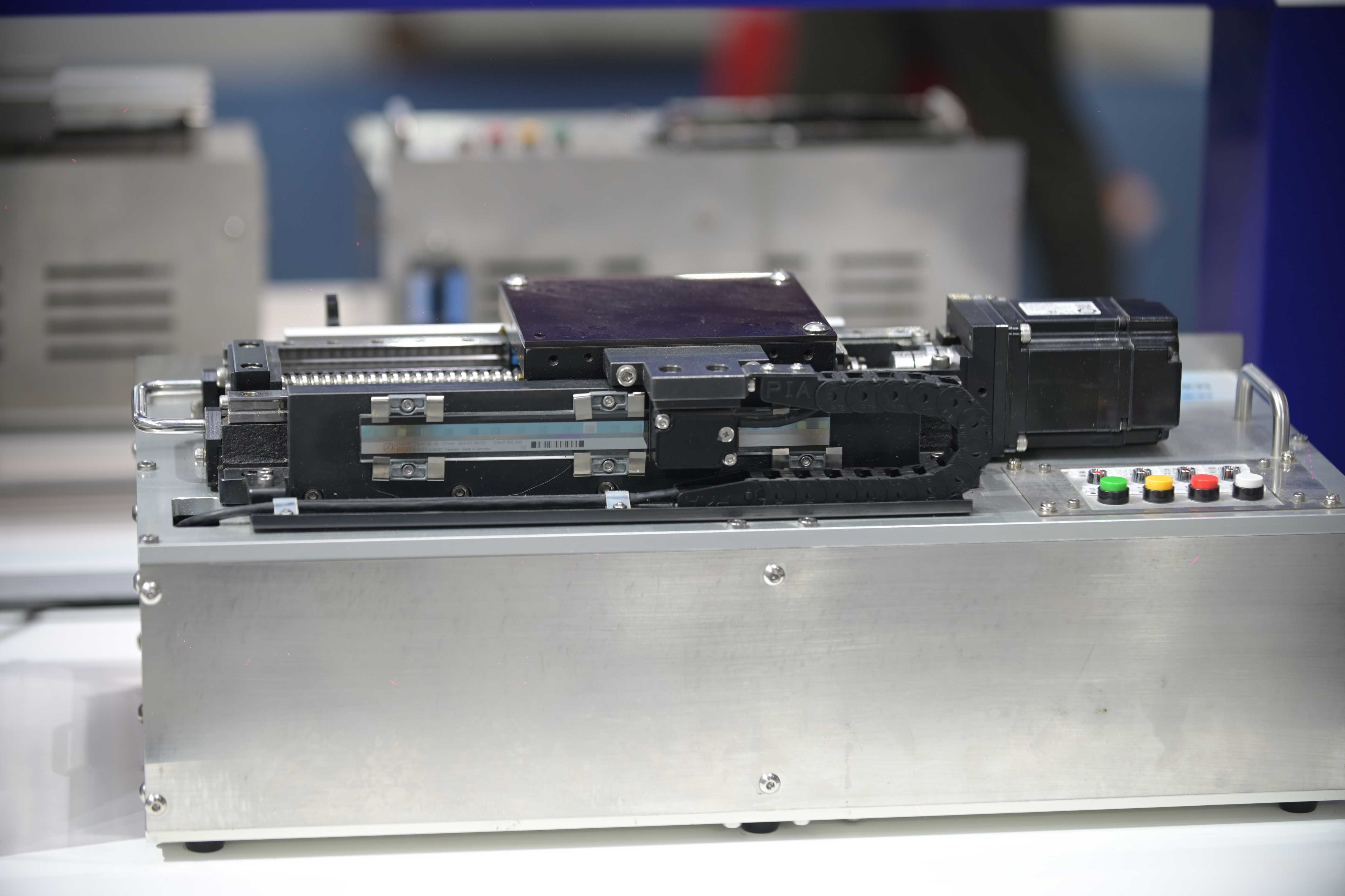The rapid advancement of robotics technology has led to an increasing number of exhibitions showcasing innovative robotic solutions. These events not only highlight technological prowess but also raise critical legal questions regarding liability, intellectual property, and regulatory compliance. As we delve into the intricate relationship between robotics exhibitions and their legal attributes, it becomes evident that a thorough understanding of these frameworks is essential for all stakeholders involved.
Understanding Robotics Exhibitions: Legal Attributes Explored
Robotics exhibitions serve as platforms where manufacturers, researchers, and enthusiasts converge to display cutting-edge technologies. However, they are also governed by a complex web of laws and regulations that dictate safety standards, patent rights, and consumer protection measures. The implications of these legal frameworks extend beyond mere compliance; they play a pivotal role in litigation and legal proceedings when disputes arise over product failures or intellectual property infringements related to showcased innovations.
The Role of Equipment Expos in Litigation and Legal Proceedings
equipment expos often feature various robotic devices that may be subject to scrutiny during litigation processes. When accidents occur involving exhibited equipment—whether due to design flaws or improper usage—the resulting lawsuits can hinge on several factors including adherence to safety regulations established by governing bodies. Furthermore, the documentation provided at such expos can become crucial evidence in court cases concerning liability claims or contractual disputes among exhibitors.
Diving Deeper into ITES: Implications for Litigation

The International Trade Exhibition Services (ITES) plays a significant role in shaping the landscape for robotics exhibitions from a legal standpoint. ITES guidelines set forth standards that must be adhered to by participants regarding product demonstrations and marketing practices. In instances where violations occur—such as misrepresentation or failure to disclose potential risks—litigation may ensue against both exhibitors and organizers alike. Understanding ITES regulations is therefore vital for mitigating risks associated with participation in these events.
Conclusion
In conclusion, while robotics exhibitions offer exciting opportunities for innovation dissemination, they are inherently intertwined with numerous legal considerations that cannot be overlooked. From equipment expos’ influence on litigation outcomes to the stringent requirements imposed by ITES guidelines, stakeholders must navigate this complex terrain carefully. A proactive approach towards understanding these legal attributes will ultimately foster safer environments conducive to technological advancement within the realm of robotics.
